A Complete Guide To Growing Broccoli From Seeds
When cultivating broccoli from seeds, patience and attention to detail are key. The journey from seed to harvest is rewarding, with nuances that impact the end result.
Understanding seed selection, germination requirements, and proper care for broccoli plants is crucial for success.
Let me share you my personal tips and secrets to growing thriving broccoli plants from seedlings.
Main Points Covered Below
- Choose quality broccoli seeds from trusted suppliers for successful growth.
- Maintain soil temperature at 75-85°F for optimal germination.
- Plant seedlings 18-24 inches apart in well-draining soil.
- Provide consistent moisture, sunlight, and nutrients for healthy broccoli development.
Selecting the Right Broccoli Seeds
When choosing broccoli seeds for planting, prioritize quality, variety, and suitability to your growing conditions. Opt for seeds from trusted suppliers like Urban Farmer to ensure reliability.
Select different varieties like green, purple, or baby broccoli for diversity. Check seed packets for crucial details like days to maturity, ideal temperatures, and spacing requirements. Choose seeds suited to your climate for successful growth.
If you prefer organic gardening, go for certified organic broccoli seeds. By considering these factors, you can establish a thriving broccoli crop tailored to your needs and preferences.
Starting Broccoli Seeds Indoors
To successfully start broccoli seeds indoors, prepare a well-draining soil mix and plant the seeds at a depth of ⅛-¼ inch. Keep the soil consistently moist without overwatering.
Provide ample light using grow lights or a sunny window to aid germination, which typically takes 5-10 days. Thin seedlings to 2-3 per pot for better growth.
Starting broccoli seeds indoors 4-6 weeks before the last frost allows for a summer harvest. Plant 1 seed per pot and later thin to 2-3 seedlings per pot.
Following these steps will lead to successful indoor germination of broccoli seeds.
Transplanting Broccoli Seedlings Outdoors
After hardening off the broccoli seedlings for 3-4 days, wait until they’ve developed 6-8 sets of true leaves before transplanting them outdoors. This process helps the seedlings adjust to the outdoor conditions gradually.
Prior to transplanting, assess the soil fertility. Fertilize the soil with composted manure or organic fertilizer to provide the necessary nutrients for the broccoli plants to thrive.
For optimal growth, ensure proper spacing when transplanting broccoli. Plant the seedlings 18-24 inches apart in rows spaced 30-36 inches apart. Adequate spacing allows for proper air circulation between plants, reducing the risk of diseases and providing ample room for the broccoli heads to develop without crowding.
To prevent the buildup of diseases in the soil, avoid planting broccoli in the same location where brassicas were grown in the previous season. By following these transplanting guidelines and meeting soil fertility and spacing requirements, you can set your broccoli plants up for a successful growing season.
Caring for Growing Broccoli Plants
After transplanting your broccoli seedlings outdoors successfully, the key step is caring for the growing broccoli plants to support their healthy development.
To effectively care for broccoli plants, maintain consistent soil moisture. Broccoli thrives in moist, well-draining soil, so regular watering is crucial, especially during dry periods. Be cautious not to overwater to avoid root rot and other issues.
Grow broccoli in full sun for optimal growth, ensuring they receive at least 6-8 hours of direct sunlight daily. Fertilize your broccoli plants about one month after planting with compost or organic fertilizer to provide essential nutrients for robust growth.
Remember to avoid wetting developing broccoli heads to prevent rot or disease. Following these care guidelines will help support the healthy growth of your broccoli plants for a bountiful harvest.
Importance of Timely Seed Sowing
I must emphasize the importance of timely seed sowing when cultivating broccoli.
Understanding the seed viability period, optimal germination conditions, and seedling growth rate are crucial factors for successful broccoli cultivation.
Seed Viability Period
Utilizing broccoli seeds within their viable period is crucial for successful germination and healthy plant development. Broccoli seeds typically maintain viability for 3-5 years when stored correctly in a cool, dry environment.
Conducting a germination test before sowing can help determine the seed packet’s quality and ensure successful sprouting. Older seed packets may exhibit reduced germination rates, requiring sowing extra seeds to compensate for potential failures.
Sowing broccoli seeds at the right time is essential for fostering healthy seedlings and robust plant growth, leading to a bountiful harvest. Proper timing in seed sowing helps avoid growth setbacks and promotes the optimal development of broccoli plants, ensuring a successful gardening experience.
Optimal Germination Conditions
To ensure successful growth of broccoli seeds, maintain a soil temperature of 75-85°F. Follow these steps for optimal germination:
- Plant seeds correctly: Sow broccoli seeds ¼ inch deep in well-draining soil.
- Monitor moisture: Keep soil consistently moist but not waterlogged.
- Control temperature: Maintain soil temperature within the recommended range.
- Provide ventilation and light: Ensure adequate air circulation and light exposure for healthy seedling growth.
Seedling Growth Rate
Timely sowing of broccoli seeds is crucial for fostering a robust seedling growth rate necessary for healthy plant development. Broccoli seeds typically germinate within 7 to 10 days of sowing, displaying a rapid growth rate.
Timely sowing is essential to promote strong and healthy seedling development. Delayed sowing can result in leggy seedlings prone to stress and transplant shock. Conversely, starting seeds too early may lead to overgrown seedlings that are challenging to manage during transplanting.
Ideal Soil for Broccoli Seed Growth
I find that the soil composition and pH level are crucial factors in creating an ideal environment for broccoli seed growth.
Ensuring the soil is fertile and well-draining with a pH between 6.0 and 7.0 is essential for promoting healthy root development and preventing diseases.
Maintaining proper soil conditions can ultimately contribute to the overall success of broccoli plants.
Soil Composition
To cultivate optimal conditions for broccoli seed growth, a fertile soil with proper drainage is essential. When considering the soil composition for broccoli seed growth, the following factors are crucial:
- Soil pH Level: Maintaining a pH level between 6.0 and 7.0 is ideal for ensuring proper nutrient availability to the broccoli seeds.
- Organic Matter: Adding compost or organic matter enriches the soil, improving its structure and fertility to support healthy seedling development.
- Drainage: Well-draining soil is vital to prevent waterlogging, which can cause root rot and other water-related issues that may hinder broccoli seed growth.
- Nutrient Accessibility: A well-balanced soil composition ensures that broccoli seeds have access to the necessary nutrients for robust growth and overall development.
How Can Wood Ash Help in Growing Broccoli From Seeds?
Wood ash can be beneficial in growing broccoli from seeds. It contains potassium, which can help enhance the plant’s growth and overall health. Incorporating uses of wood ash into the soil can also raise the pH level, making it more favorable for broccoli to thrive.
Ph Level
Maintaining the ideal pH level between 6.0 and 7.0 is crucial for creating an optimal soil environment to support successful broccoli seed growth. Deviations from this range can lead to nutrient deficiencies or toxicities, affecting the overall health of the broccoli plants.
Inadequate pH levels may also predispose the plants to diseases such as clubroot, which can stunt growth and reduce yields. Testing the soil pH before planting broccoli seeds is essential to ensure that corrective measures, like amending with lime to raise pH or sulfur to lower it, can be taken to achieve the desired range.
Choosing Containers for Broccoli Seeds
When choosing containers for broccoli seeds, prioritize options with drainage holes to prevent waterlogging and promote proper aeration for seedling growth. Key points to consider include:
- Drainage Holes: Ensure containers have adequate drainage to prevent water accumulation and root rot.
- Container Options: Use peat pots, seedling trays, or recycled containers like yogurt cups for starting seeds indoors.
- Biodegradable Containers: Opt for peat pellets or newspaper pots for easy transplanting without root disturbance.
- Container Size: Select appropriately sized containers based on the number of seeds and available space for indoor seedling growth.
Watering and Fertilizing Broccoli Plants
For optimal growth of broccoli plants, ensure consistent watering by providing 1-1.5 inches of water per week to maintain soil moisture levels. Avoid wetting developing broccoli heads while watering to prevent rot and disease.
When fertilizing broccoli plants, apply a low-nitrogen fertilizer three weeks after transplanting to support healthy growth. Maintain the soil pH between 6.0 and 7.0 to prevent clubroot disease in broccoli plants.
Mulching around broccoli plants with grass clippings can help regulate soil temperature and retain moisture for ideal conditions. Following these watering, fertilizing, and soil pH guidelines will promote the health and productivity of your broccoli plants, leading to a bountiful harvest of delicious broccoli florets.

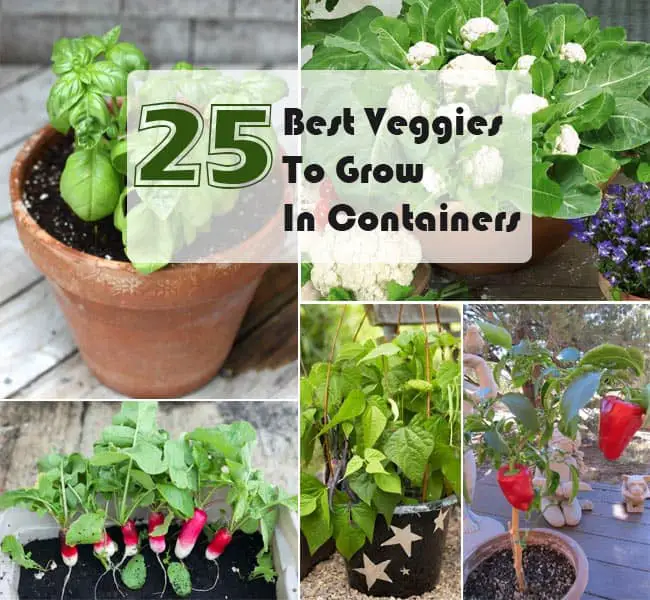
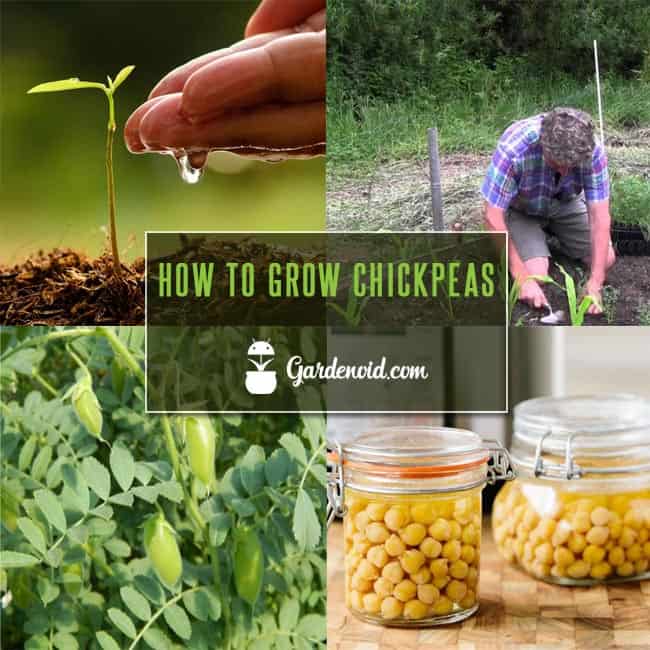
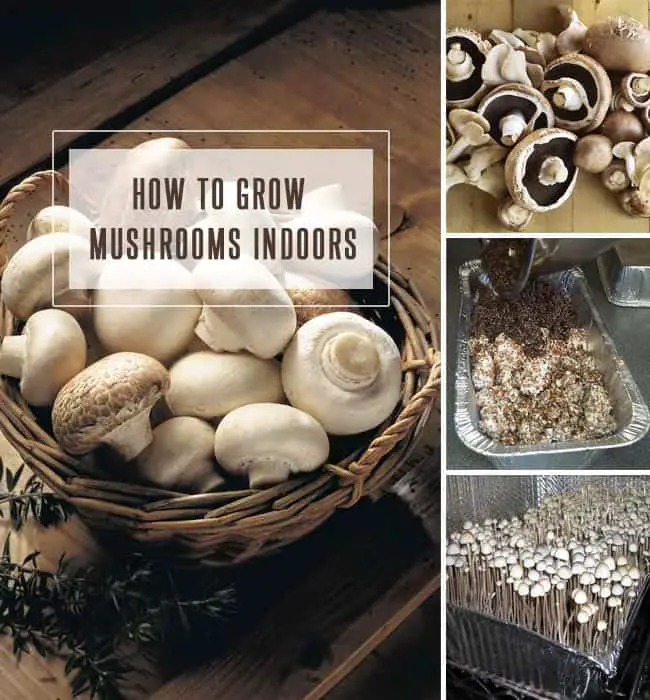
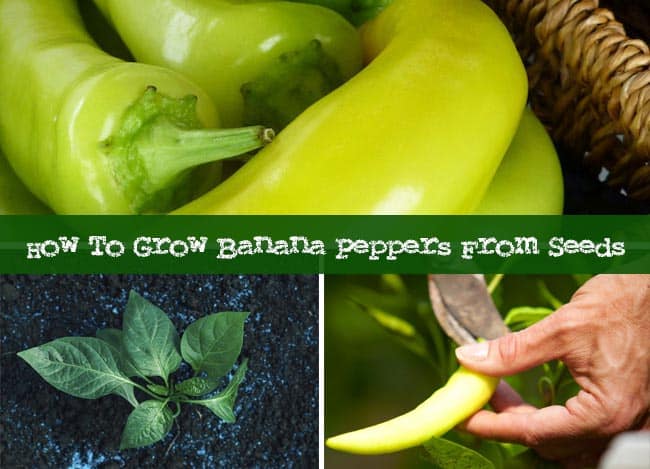
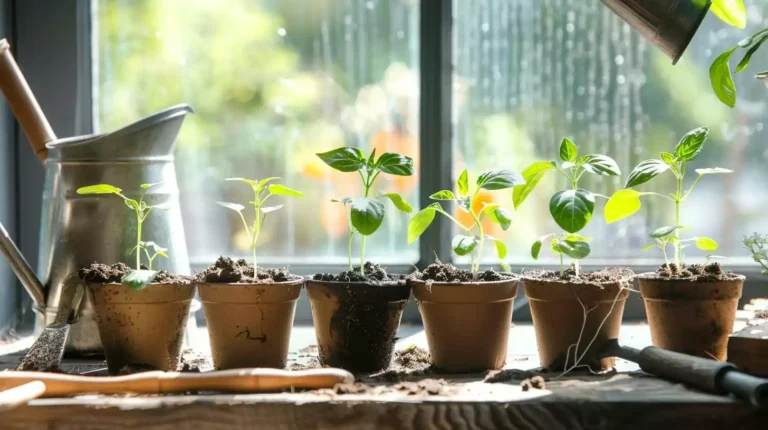
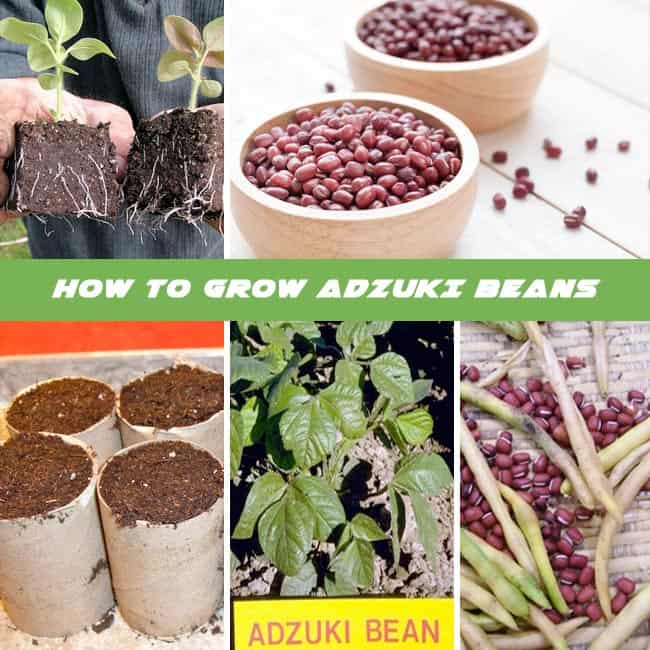
do you think eggshells would be good to add to the soil for broccoli? heard they like calcium.
Great tips on starting seeds indoors! didn’t know about the importance of soil pH before. gonna try adjusting it this time and see if it helps my broccoli grow better.
While I agree that selecting the right seeds is crucial, I believe there’s more emphasis needed on pest control. Broccoli attracts a lot of pests, and no matter how well you care for your soil and water, neglecting pest control could ruin your efforts.
Any tips on dealing with those pests?
Neem oil works wonders!
thx for the guide, kathleen! feeling way more confident about trying to grow broccoli now 🙂
people always say gardening is easy but then list a million steps like this. seems like too much work just for some broccoli.
i just bought my first set of broccoli seeds and super excited to start this journey! wish me luck!
Regarding seed viability, it’s essential to note that while broccoli seeds can remain viable for up to 5 years, their germination rate decreases each year. Therefore, it’s always best to test a few seeds for germination if you’re using old seeds to ensure they’re still good before planting a full crop.